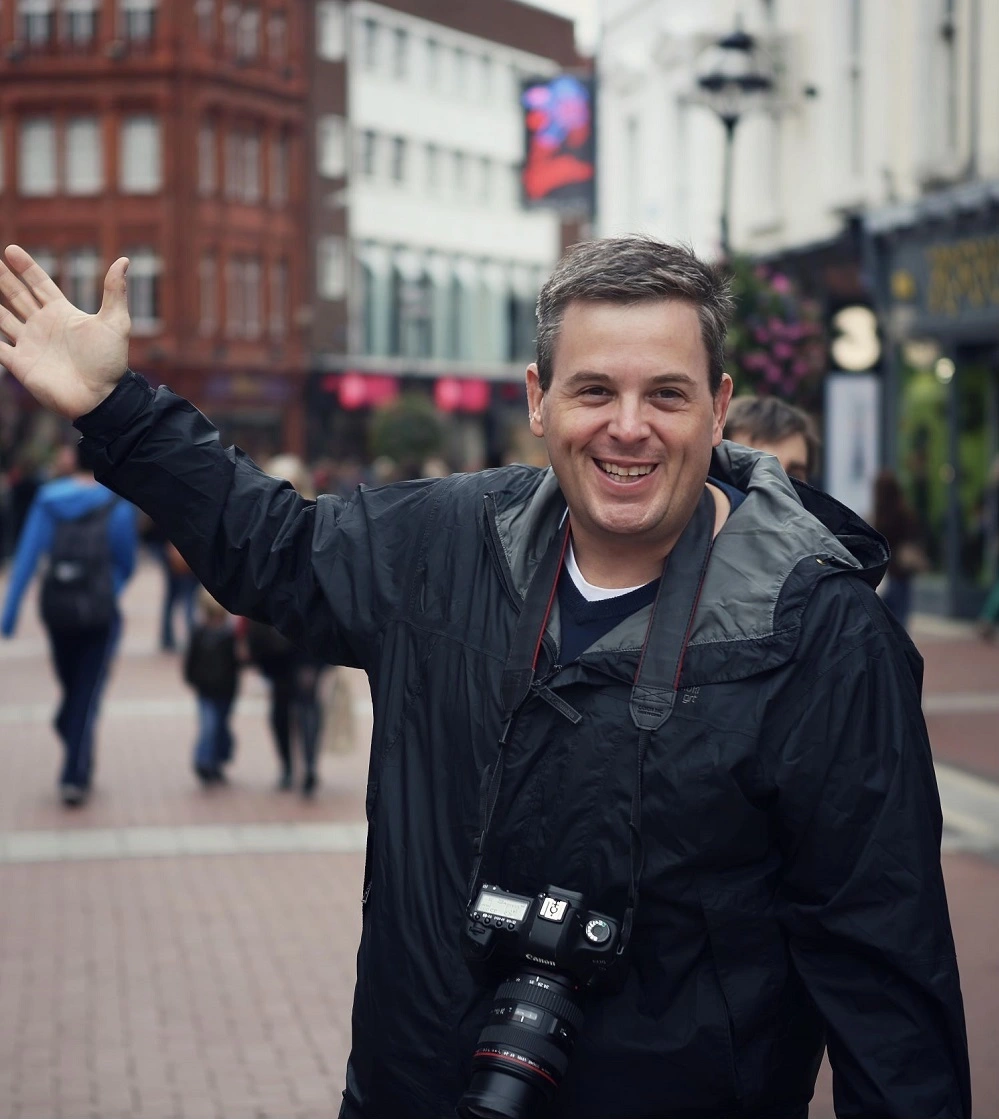
Stories captivate the listener and empower the teller, letting us build new relationships and forge new connections. They help us share our unique perspectives and experiences. Human beings thrive off stories. Video storytelling offers a unique and captivating way to share our stories to this burgeoning audience.
In the business world, storytelling can also be a powerful video marketing strategy to convey your message to your audience. After all, a brand with a relatable story can establish connections with its customer base before they even buy a product.
If you’re curious about how you can leverage the power of visual storytelling in your content, read on to get examples and learn how to apply video storytelling techniques in your own content.
What Is Video Storytelling?
Video storytelling is a form of content marketing that uses videos to share an overarching narrative with an audience.Video is a perfect medium to tell stories in an accessible way — and audiences love them. According to a marketing survey from Hubspot, when participants were asked which type of content they’d prefer to see from a brand they support, 54% answered video. What’s more, storytelling videos can help you reach customers across a variety of different platforms, like Youtube, TikTok, or Instagram reels.
Video storytelling examples
Video storytelling doesn’t always mean creating fictional skits or short films — although those can be fun.Videos can also incorporate the principles of storytelling into marketing content, which can help brands gain an edge over the competition by upping their relatability. Common ways that many brands incorporate storytelling into their video content include:
- Brand origin stories: Help your audience understand the journey you embarked on to create your brand, highlighting your mission, values, and inspiration.
- Product origin stories: Additionally, you could share the story or inspiration behind how one of your products or services came to be. The video format can also allow you to showcase how your products solve problems and show the real, actionable difference they make in your audience’s lives.
- Behind The Scenes Videos: Give your audience a sneak peek into the daily activities of the people behind your company, which could help you build authenticity and establish a connection between you and your audience.
- Customer Testimonials: Let your audience take the wheel by giving them a chance to share their authentic experience with your brand. Not only does this help establish social proof, but it helps you build trust with the people around you.
How To Make A Storytelling Video
Every project and every brand has a different message to convey. But, in general, the following video storytelling techniques can help guide your creative process and convey your message clearly and impactfully.1. Create an Overarching Narrative
To begin, it’s important to clearly understand the purpose or message you want to convey in your content. It may help to target a specific emotion that you want viewers to take away from the finished video — such as inspiration or excitement. When you know the overarching theme you want to convey, you can use this guiding force to inform your other creative decisions throughout the project.2. Define A Plot
Most modern stories follow a clear story structure that includes a defined beginning, middle, and end. They usually begin by establishing characters and a setting or premise, creating a problem or conflict in the middle, then wrapping up with a satisfying conclusion.While you might have limited time to convey in a brief video, you can still use these basic “story beats” to establish a structure for your project — and even guide your filming schedule.
3. Create Relatable Characters
Every good story needs a set of relatable characters. They don’t necessarily need to be fictional personas — they can be real individuals you already know. For example, the characters in your video could be a satisfied customer or the owner of your brand. What challenges and struggles does this cast of characters face, and how do they overcome them? Let your audience relate to the characters in your videos, and they can also relate to your brand.4. Show, Don’t Tell
“Show, don't tell” is one of the most important storytelling principles in the business. In videos, it involves letting actions speak louder than words by providing visual examples rather than letting words do all the talking.For example, you could say that your detergent helps get stains out more efficiently. Or, you could show before and after examples of stained shirts. Alternatively, you could say that your company values the environment, or you could film inside the warehouse and let customers see the production of your product for themselves.
5. Consider a Different Format
While live-action film projects are plenty of fun, some storytelling videos could benefit from a more animated approach.Projects with infographics or animation could help you put a fun spin on your visual stories — or even convey more fantastical ideas that would be expensive or impractical to film in live-action. Plus, you could also combine the two mediums to get the best of both worlds, like overlaying an animated chart over your live-action footage to drive a point home — and provide a handy visual aid.
6. Make it Authentic
No matter what kind of story you want to convey with your content, make sure it comes from a place of sincerity.Insincerity is like poison to any storytelling project — and audiences can tell when they’re being manipulated or deliberately sold to. Instead, ensure that the stories you convey in your finished videos are authentic and sincere. That way, you can earn your audience’s trust in return.
A RI videographer for your video marketing strategy
Now you can see why video marketing is so powerful and what it can do to help you captivate your audience and convey your unique brand’s unique message.If you need help bringing your brand’s story to your audience, McVeigh Media is here to help. We offer videography and video marketing services and can help you film, produce, and edit your content. As ranked the best RI Videographer by numerous outles, we can assist any type of film project, from TV commercials to social media explainer videos, we’ll help you bring your unique vision to life and convey your story to your audience.
Contact us today to learn how a Rhode Island Videographer can help your project.

